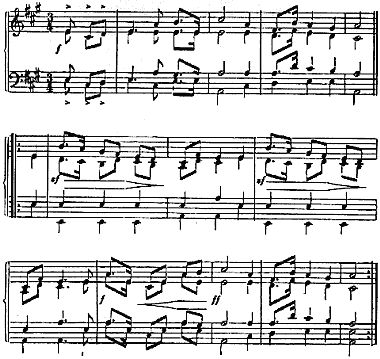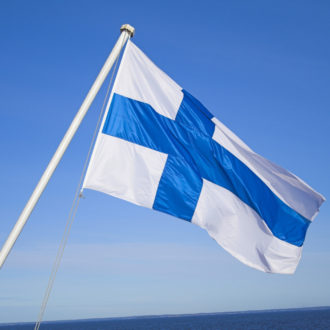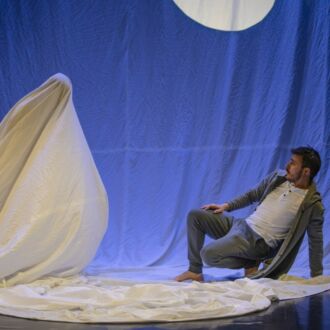The Finnish national anthem, with words by Johan Ludvig Runeberg and music by Fredrik Pacius, was first performed in 1848 by students celebrating Flora Day (May 13) in a meadow belonging to Kumtähti Manor in Helsinki.
J.L. Runeberg, headmaster of Borgå Lyceum in Porvoo, had written the original text in Swedish, called “Vårt land” (Our Land), two years earlier. The poem was published in autumn 1846 as the prologue to Runeberg’s Fänrik Ståls sägner (The Tales of Ensign Stål), a collection of 35 heroic ballads set in the days of the War of Finland in 1808–09. As a result of this war, Sweden ceded Finland to Russia in the 1809 Treaty of Hamina.
Runeberg’s aim was to stir Finnish patriotic feeling with his epic. He is said to have been inspired to write “Vårt land” by Mihaly Vörösmarty’s “Szózat,” the Hungarian national anthem published in 1836. Until well into the 20th century, Finns responded strongly to the idealistic and political idealism of Fänrik Ståls sägner and “Vårt land.” Runeberg was promptly elevated to the status of national poet.
Runeberg was a conservative and moderate nationalist, and loyal to the powers that be. The main concern of the authorities was to prevent the emergence of radical ideas; the revolutionary spirit of the Marseillaise was finding some support in Finland at the time. “Vårt land” helped appease the patriotic yearnings of the students, and the bloodshed seen in other parts of Europe was averted in Finland.
Several composers had already attempted to set Runeberg’s lofty poem to music before Fredrik Pacius, a German-born composer and music lecturer at the University of Helsinki, but his was the first version to gain widespread popularity. The composer himself conducted the university choir in a slow, majestic first performance, andante maestoso, which moved the crowd to tears. Pacius’s tune was later also adopted for “Mu isamaa” (My Country), the Estonian national anthem from 1918 to 1940 and again since 1990.
Historians like to say that Finland was born on Flora Day, May 13, 1848. Fredrik Cygnaeus, chairman of the student body, made the main speech at the celebration, concluding with the toast “To Finland.” The student body had a flag, representing a laurel-crowned lion on a white field, made specially for the celebration; this can be said to have been the first Finnish flag. At the end the audience, several hundred strong, jubilantly joined in with “Vårt land.” For the first time, the idea of a distinct Finnish national identity had been put forward.
“Vårt land” rapidly won general acceptance as an expression of patriotic sentiment, especially after Paavo Cajander published his polished Finnish translation (“Maamme”) towards the end of the 19th century.
“Maamme” – The Finnish National AnthemWords by J.L.Runeberg 1846  Our LandOur land, our land, our fatherland, Thy blossom, in the bud laid low, MaammeOi maamme, Suomi, synnyinmaa! Sun kukoistukses kuorestaan Vårt landVårt land, vårt land, vårt fosterland, Din blomning , sluten än i knopp, Listen:Maamme (Yle Elävä arkisto) |






